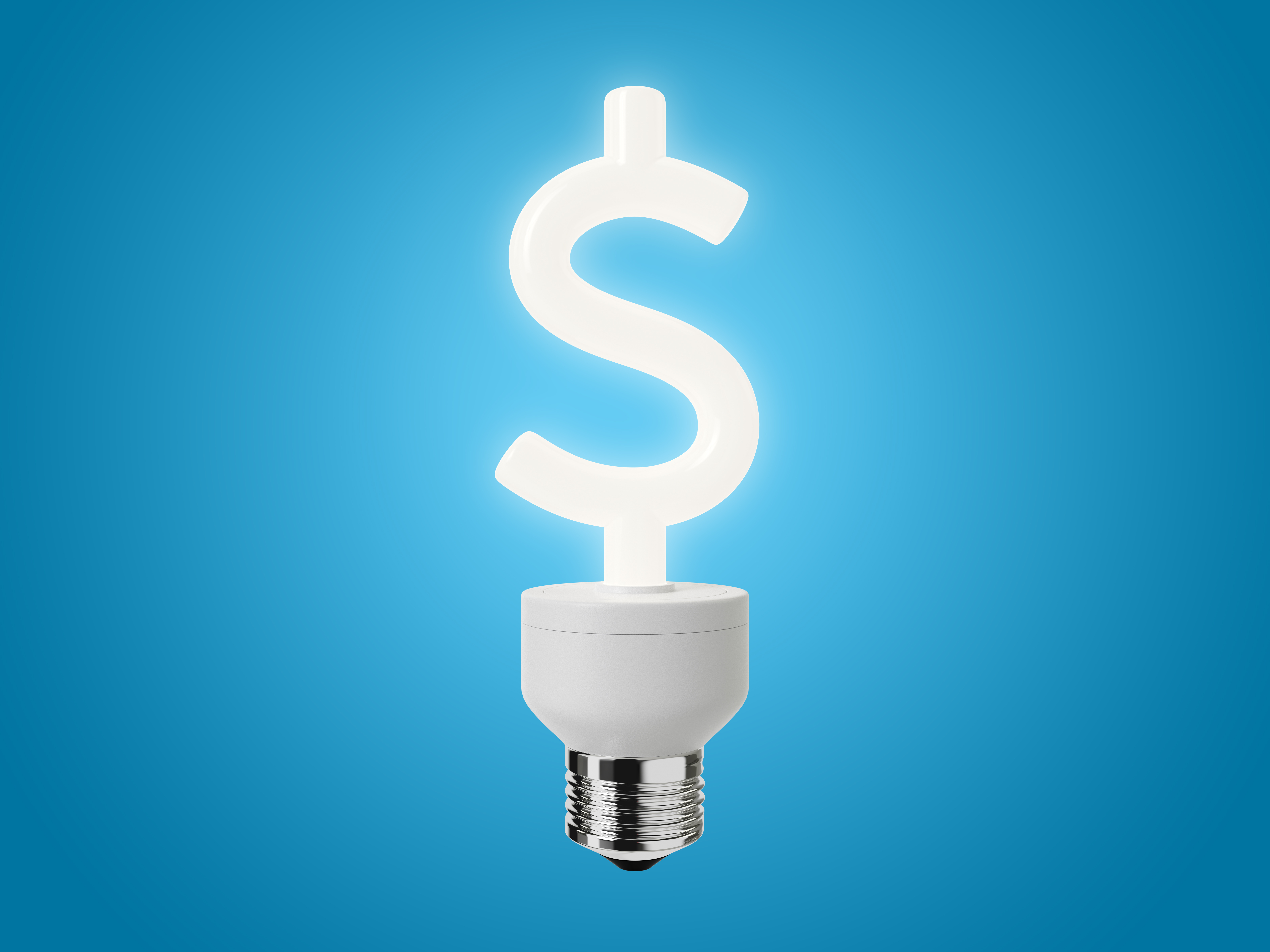Demonstration of Low-Cost Liquid Cooling Technology for Data Centers
Data center energy efficiency technology that uses direct-to-chip liquid-cooling could cut data center cooling energy use and costs.
Asetek USA, Inc.
Recipient
San Jose, CA
Recipient Location
17th
Senate District
25th
Assembly District
$3,414,099
Amount Spent
Completed
Project Status
$3,552,678
Award Amount
$1,519,738
Co-funded Amount
EPC-14-088
Agreement Number
-
Project Term
Livermore, CA
Livermore, CA
Site Location(s)
Copy Project Link
Follow Project
Project Result
The project is complete. All data centers are different, and the actual energy saved will vary, based on location and data center design. Demonstration results showed that the technology, RackCDU, is most cost-effectively deployed as a pre-installed solution with the greatest savings in high utilization data centers running high performance computing and high-density data centers. While there is performance improvement and energy savings, retrofits are disruptive and not economically viable. The analysis on one of the data center sites showed 5 percent energy savings. Greater savings of up to 10 percent is possible if the chilled water system was not used for heat rejection or if the data center was designed with the RackCDU technology. Knowledge from this project has been distributed at conferences and to data center operators, industry partners, customers and others.
The Issue
California is home to many data centers which consume a disproportionate amount of electricity in California. Approximately 40 percent of the electricity used in data centers is used for cooling. As traditional building efficiency improves, data centers continue to grow in size and power. Improving data center cooling efficiency represents one of the major energy efficiency measures for this sector.
Project Innovation
This project is validating the performance, reliability, cost savings and payback of a data center efficiency technology that uses direct-to-chip liquid-cooling to cut data center cooling energy use. The technology is being demonstrated at two full scale data centers with the goal of minimal operational disruptions during installation. Energy consumption, load, reliability and server performance are being monitored. The results of the demonstrations, along with "lessons learned", will be made broadly available to the data center community and public-policy makers to stimulate adoption of this technology.
Project Benefits
If successful, the project will validate the performance, reliability, cost savings and payback of a data center efficiency technology that could reduce cooling costs while being able to be installed as a retrofit. This could lead to overcoming barriers to adoption by minimizing operational disruptions and costs compared with conventional installations and retrofits.

Affordability
This technology could reduce electricity use and cost for cooling data centers. The lifecycle energy cost savings is projected to be approximately 30% compared to standard cooling technologies used for existing data centers.
Key Project Members

Steve Branton
Subrecipients

Lawrence Berkeley National Laboratory

Lawrence Livermore National Laboratory

KILOWATT ENGINEERING, INC. dba kW Engineering, Inc

Clark Street Associates, Inc.

Signature Technology Group

Sunbelt Controls, Inc.

Crouse Construction Company, Inc.

IDA Structural Engineers

Cal-Neva Environmental Systems

Match Partners

Lawrence Livermore National Laboratory

Asetek USA, Inc.






